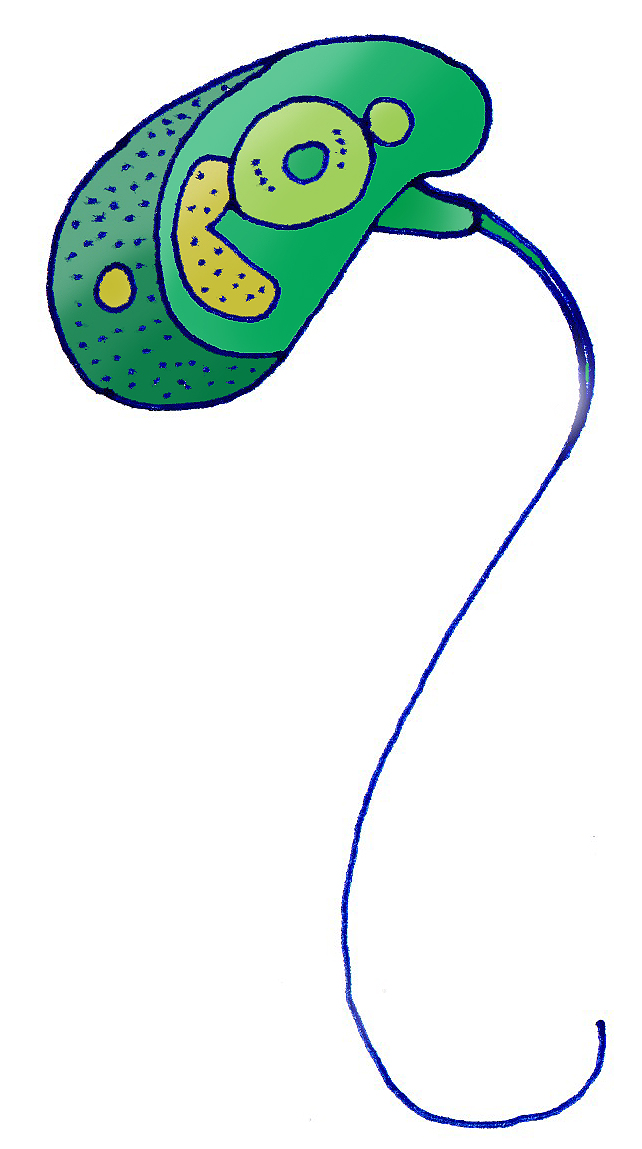|
Prasinophyceae
The prasinophytes are a group of unicellular green algae. Prasinophytes mainly include marine planktonic species, as well as some freshwater representatives.Sym, S. D. and Pienaar, R. N. 1993. The class Prasinophyceae. In Round, F. E. and Chapman, D. J. (eds) ''Progress in Phycological Research'', Vol. 9. Biopress Ltd., Bristol, pp. 281-376. The prasinophytes are morphologically diverse, including flagellates with one to eight flagella and non-motile (coccoid) unicells. The cells of many species are covered with organic body scales; others are naked. Well studied genera include '' Ostreococcus'', considered to be the smallest (ca. 0.95 μm) free-living eukaryote, and '' Micromonas'', both of which are found in marine waters worldwide. Prasinophytes have simple cellular structures, containing a single chloroplast and a single mitochondrion. The genomes are relatively small compared to other eukaryotes (about 12 Mbp for '' Ostreococcus'' and 21 Mbp for '' Micromonas''). At least one ... [...More Info...] [...Related Items...] OR: [Wikipedia] [Google] [Baidu] |
Chlorodendrophyceae
Chlorodendrales are an order of green, flagellated, thecate, unicellular eukaryotes, within the green algae class Chlorodendrophyceae.Becker, B., Marin, B. and Melkonian, M. 1994: Structure, composition, and biogenesis of prasinophyte cell coverings. Protoplasma. 181: 233-244. 10.1007/BF01666398See the NCBIbr>webpage on Chlorodendrales Data extracted from the Prasinophyceae are defined by their cellular scales which are composed of carbohydrates, and Chlorodendrales are unique within this group due to these scales forming a fused thecal wall. Cells of Chlorodendrales are completely covered in scales, which fuse around the cell body producing the theca, but remain individually separated on the flagella, of which there are typically four per cell. Species within Chlorodendrales live in both marine and fresh water habitats, occupying both benthic and planktonic food webs. Additionally, they are photoautotrophs, meaning they produce their own food through the conversion of sunlight ... [...More Info...] [...Related Items...] OR: [Wikipedia] [Google] [Baidu] |
